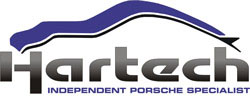Hartech Porsche Engine Conversions
If your M96/7 engine needs a rebuild, or you want to avoid future damage, or you just want more performance – an oversized rebuild from Hartech is the perfect choice.
Unlike most “tuning” that usually provides a relatively small benefit in a narrow area of the power band – an oversized rebuild will provide more torque, power and drivability throughout the whole rev range without needing to rev the engine to maximum revs all the time. Using Nikasil cylinder technology (as used in the ultra-reliable GT3 and Turbo versions), Hartech Nikasil alloy cylinders eliminate the weaknesses in the standard Lokasil and piston coating combination and with larger IMS bearings available for all models, special pistons developed by F1 suppliers and with several years testing and development, the conversions provide the perfect route to increased performance, reliability and satisfaction.
Hartech built engines (with the same basic design technology but fully complying with the standard regulations) won the BRSCC Boxster Championship and class 1 & 2 (and overall Championship) of the Porsche club Championship (2017 & 2018) also taking the first 3 places in class 1 (2018) all completing a full season at the front and with 100% reliability. Different examples of the present oversized engines have been independently tested with positive feedback by 911 & Porsche World (Nov 2018 issue) and private owners alike.
Engine Preparation Room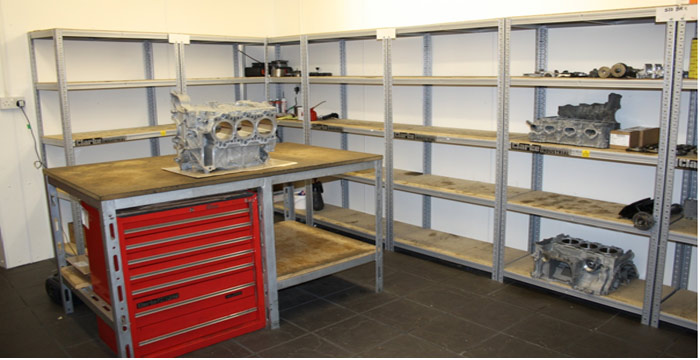
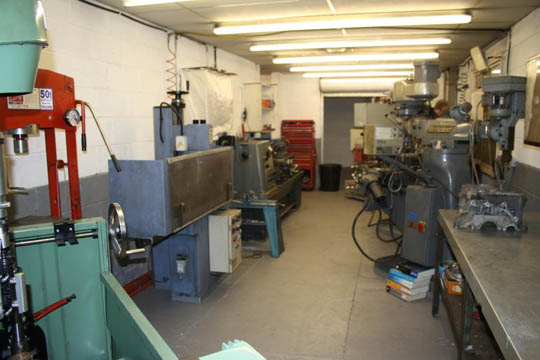
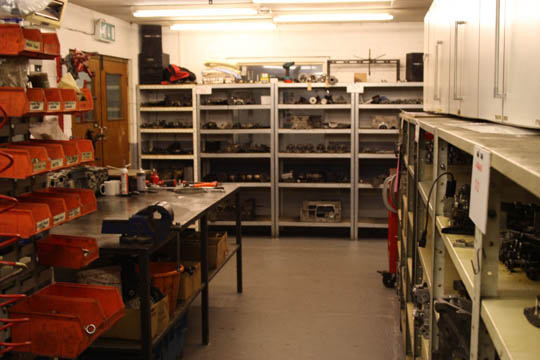
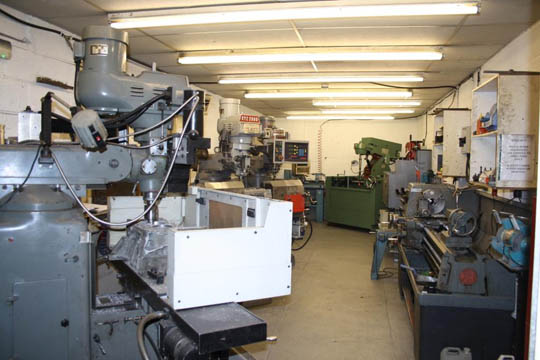
For those interested in the technical reasons why an oversized engine can provide such benefits in performance, a report covering all aspects of tuning, torque, BHP, gear ratios, design and performance will be available soon and can be e-mailed directly to interested parties (please contact us directly for further information).
We also currently have examples available for road test (by appointment only) by interested parties who already own a suitable donor model. In the interests of public safety (and to comply with our insurance cover) tests will have to be accompanied, conducted locally, within local speed limits and intended to demonstrate the improved driveability, flexibility and potential performance while driving, with due regard to other road users and under the strict instructions of our staff.
Tuning aids for a standard capacity engine usually rely on shifting the power band upwards (at higher revs) and losing some mid-range torque, often making the cars appear faster on paper (by quoting higher bhp figures and peak revs) but actually resulting in them being slower through the gears (due to the corresponding reduction in mid-range torque). This is because, contrary to popular opinion, acceleration is proportional to rear wheel torque not BHP.
When dyno-testing customers cars, that have different inlet and/or exhaust systems, they are often less powerful than the standard versions (Porsche knew what they were doing) but whatever state of tune your donor car is in - building an oversized engine achieves both an increase in mid-range torque and BHP, better throttle response and acceleration (anywhere in the rev range) and a much easier car to drive fast without the need to rev it out all the time – reducing stress on mechanical parts. Why this is possible is a big subject (and you would need a lot of experience and patience to follow our full technical explanations referred to previously) but the results are generally that the top end BHP increases in proportion to the increase in capacity while the mid-range torque usually increases even more than this (sometimes doubling that proportion in some areas).
The result is a general increase in mid-range torque and BHP of around 15% to 17% and an increase in top end of 6% to 10%. Even when we convert cars that have been fitted with non-standard components (like noisy exhausts etc) where we often find them down on standard power to start with – the % increase after fitting the conversions are almost identical. The component parts for the oversized engines have been under development for several years. Pistons are manufactured (following extensive trials) by a leading F1 specialist while the cylinders are Nikasil coated aerospace alloy wet liners forming a 3 level (top centre and bottom) fully closed deck construction and incorporate additional ribbing (for better heat transfer). All the stripping, machining, re-assembly and road testing are undertaken “IN HOUSE” and the re-maps are carried out by the recognised “best in the business”.
We are reluctant to quote exact performance figures for the following perfectly innocent and practical reasons;
- We find that different cars of the same model often have slightly different output before we even start on the conversions.
- Different dyno-testing providers end up with completely different results for the same car.
- There are several different types of dyno-testing equipment (an engine dyno as used by Porsche, rolling road dyno’s, axle dyno’s and on board dyno’s).
- There are different methods of dyno testing (fixed rev points, dynamic, inertia).
All the above provide quite different shaped graphs and figures. Indeed if you trace the graphs in the manufacturer’s own handbooks over different 6 cylinder models and 20 years you will find that curves have become a simplified connection of straight lines and over the same period we have found that they have moved further away from those both we, our re-map specialist and even the Porsche Club’s motorsport’s own designated test centre, find (while all 3 produce almost identical results to each other). We are however happy to reveal before and after test results from our own cars.
Conversions are currently available for the following Porsche engines;
